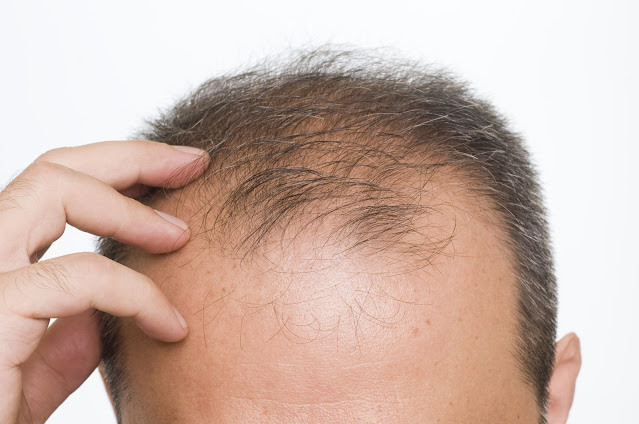Hair transplantation procedures are constantly improving, which has been a blessing to many people who are concerned about thinning hair, hair loss, or bald areas according to the best hair transplant surgeon in India. Using cutting-edge procedures, doctors can restore the patients' hair to its desired state. The hair transplant surgeon will determine the technique, number of hair grafts, and number of sessions required before beginning the process. For natural-looking outcomes, hair density is critical. The patient would come in with the hope of regaining the same dense and thick natural hair that he had lost. The doctor should realistically set the patient's expectations.
Hair
Transplantation Procedure and Hair Density:
The
ratio of follicular units on the head per square centimetre is known as hair
density. Hair density varies depending on ethnicity, heredity, and the climate
in which a person lives. With no hair loss, normal hair density is between 80
and 100 follicular units per square centimetre of the scalp.
When
roughly half of the original density has been gone, thinning is noticeable. The
direction of the hair follicle placement, the amount of grafts, and the pattern
of placement based on the patient's combing technique are some of the measures
that the surgeon might take throughout the process to achieve maximum hair
density.
If
baldness is caused by heredity, a hair transplant at a younger age is not
recommended because the natural hair would fall out. So, in a younger patient
with reasonable thinning, the appearance will be excellent for a few years
after transplant, but as the natural hair falls out, the appearance will be
thinner because only the transplanted hair will remain.
How is
optimum hair density achieved after Hair Transplantation?
Body
hair counts roughly 100,000 follicles
in early adolescence. A successful donor hair harvest from the back of the
scalp normally yields between 2500 and
4000 hair follicles suggested by the best hair transplant clinic in Kolkata.
So a bladed area that has lost 50,000 hairs must be covered by around 2500-4000 hairs. This entails a tiny donor region surrounded by a big receiver area. As a result, it is clear that the original density cannot be achieved in a single session. One hair restoration procedure should be sufficient if 45-55 follicular units per square centimeter are transplanted.
However,
the transplantation density should be around 80-100 follicular units per square centimeter to achieve pre-hair
loss density. Surgeons do not perform
this for a variety of reasons, including:
1. Such intense implantation results in an overabundance of blood supply, leading in shock loss of natural hair in the surrounding area.
2. A severe disruption of the scalp's blood flow might result in catastrophic complications such as necrosis.
3. It's pointless and wasteful of finite grafts.
4. The shaft, whole follicular unit, dermal papilla, and other soft tissue are all included in the transplanted hair. If there is space on the scalp and a healthy blood and nutrient supply from the body, the follicular unit can survive and thrive. The growth of the implanted follicles is hampered by too much graft crowding.
5. The
quantity of grafts transplanted determines the cost of hair restoration. As a
result, such a high percentage of graft transfer raises the procedure's cost.
Considering
all the above-discussed factors, usually, 45-65
grafts per square centimeter are the optimum value.
How does
“Desired Hair Density” affect hair restoration procedures?
Patients
are likely to demand higher density and more grafts, resulting in a compromise
between doctors and patients. Even while applying additional grafts sounds like
a good idea, they won't last. To make patients happy, some surgeons recommend
"mega sessions." Approximately 10,000
grafts are inserted during these mega sessions. According to further
research, up to 90% of grafts from
mega sessions are eventually lost. The patient will be extremely dissatisfied
because many grafts will perish before they can grow sufficiently.
Excessing
the safe number of grafts in a single transplant session causes damage to the
neighboring natural hair, resulting in hair loss. To attain natural-looking
density, surgeons plan a second or several transplant operations according to
the best
hair transplant clinic in India.





No comments:
Post a Comment